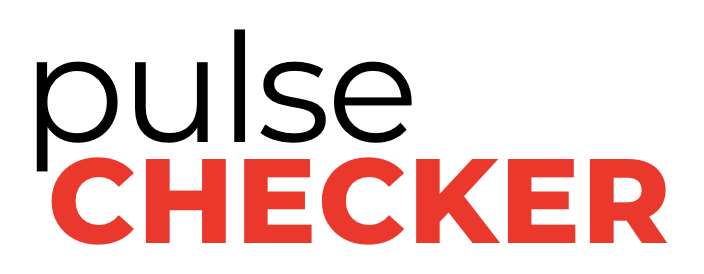Minimize Risk and Maximize Reliability! Instantly start monitoring energy, temperature, vibration and more with pulseCHECKER realtime remote equipment monitoring and predictive analytics. Legacy equipment? No problem.
Avoid priority maintenance costs with automated alerts to before small issues become big problems.
According to McKinsey & Co., energy companies that leverage predictive analytics reduce operating expenses by up to 20% and achieve 15-30% improvements in equipment efficiency.
Reduce energy costs with self-powering energy sensors to monitor energy patterns to predict equipment failure and align temperature levels with business patterns.
24/7 alerts for ALL equipment issues; temperature, vibration, leak detection, sump level, occupancy, temperature, tank level, air quality, and more.
Instant visibility of machine health, performance and reporting.
Up and running quickly! Results are guaranteed of you get your money back if not up and running in the 1st 30 days.
Eliminate data gaps.
Improved reliability. According to Deloitte, companies that adopt predictive analytics in the energy sector experience a 50% reduction in equipment failure rates and a 40% decrease in unplanned downtime.
What’s the monthly ROI?
Get alerted before equipment fails, end expensive overtime maintenance emergencies, and put an end to “OH NO”.
Plug in technology, hardware, and subject matter experts in one working relationship.
How? Using best-in-class energy, temperature, and vibration sensors, powered with an automated AI model factory pulseCHECKER wirelessly monitors equipment health and key performance indicators. Whether filling data gaps with plug-and-play sensors or pulling data to the cloud from any historical data source, become proactive versus reactive.
Here are areas where you can expect to see quantified ROI:
Cost reduction: Optimize maintenance schedules, prevent equipment failures, and minimize unplanned downtime. This can lead to substantial cost savings by reducing emergency repairs, extending equipment lifespan, and optimizing labor and inventory management. Studies have shown that predictive maintenance can generate savings of 8-12% on maintenance costs and reduce downtime by up to 50%.
Energy optimization: Reduce energy production, storage, and distribution costs, minimize waste, reduce energy consumption, and increase operational efficiency. A study by the International Energy Agency (IEA) estimated that predictive analytics can help achieve energy savings of 10-20%.
Risk mitigation: Pre-identify and mitigate risks, such as equipment failures, supply chain disruptions, or regulatory changes. Proactively manage risks, avoid costly consequences and minimize the impact on finances. While challenging to quantify directly, risk mitigation can result in significant cost savings and protect the company's reputation and assets.
Tax optimization: Optimize your tax strategies, reduce your tax liabilities and take advantage of available tax credits and incentives. The specific ROI from tax optimization can vary based on the company's financial situation and applicable tax regulations. However, reducing tax burdens can free up funds for investments, expansion, or innovation.
Contact us for a thorough analysis of its specific use cases, costs, and calculate potential benefits to estimate the expected ROI accurately.



